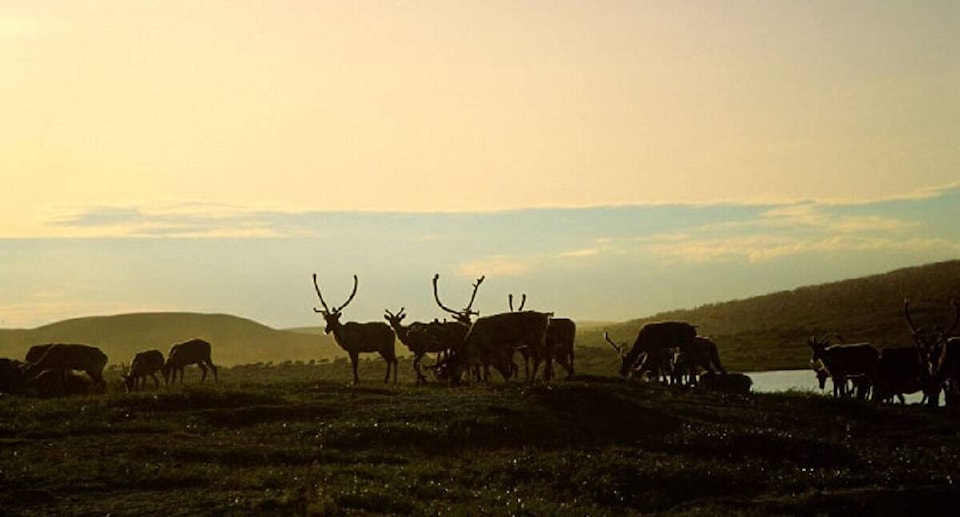Indigenous, territorial and federal leaders are celebrating a major milestone in both Truth and Reconciliation and in responding to climate change by taking a major step towards enabling NWT Indigenous governments to designate their own areas for environmental protection and conservation.
An announcement was made during a Oct. 13 press conference conducted over Zoom.
“We’re trying to… figure out a way to not only preserve our culture, language and our heritage, but also how do we look after the land, the animals, the water, and this is one tool, one mechanism in a way of doing it,” said Delıine Got’ine Chief Danny Gaudet. “This agreement to this point is a very important milestone. We’re ready to work towards a final agreement. One of the most important impacts of the initiative includes support for Indigenous language, cultures, in our way of life.
“That’s why the NWT PFP (project finance for permanence) efforts not only expands conservation, but it also advances reconciliation that respects Indigenous knowledge and decision-makers.”
Along with the initial signing of the agreement in principle, Pew Charitable Trusts, which represents private donors, including Canadian philanthropies, aims to put $100 million towards towards the estimated $500 million implementation of the agreement. Once the agreement is finalized, which NWT Environment and Climate Change Minister Shane Thompson estimated would be next summer, Indigenous governments in the NWT will be able to designate their own areas for environmental protection and conservation.
Indigenous governments will have additional funds to employ guardians on the land to keep watch on environmental conditions and monitor wildlife. Funding from the agreement will allow governments to establish locally owned and operated green industries.
Signing on to the framework are the Tlicho Government, Dehcho First Nations, Gwich’in Tribal Council and the Deline Got’ine Government.
“We’re very excited,” said Tlicho Grand Chief Jackson Lafferty. “This is a huge opportunity for us at all levels — federal, territorial, Indigenous governments for protecting our lands and conserving them. We see more partners coming on board and private donors as well.
“It’s very exciting to see Canada and the GNWT and donors embrace this Indigenous-led stewardship of the land, because it is all about us and going forward working together and in true reconciliation.”
PFPs have been implemented around the world, but the Great Rain Forest PFP, which was finalized 14 years ago, is generally acknowledged as the first. PFP agreements are also in place with Indigenous governments in the Brazilian Amazon, Costa Rica, Peru, Columbia and Bhutan.
Guilbeault noted that the grassroots nature of the agreement means each Indigenous government will determine how to use its funding. An example was given of how PFPs have been used to promote economic development, with the 17 governments affiliated with the Great Bear Rainforest PFP selling carbon credits to put towards other projects. According to the Coastal First Nations Great Bear Initiative website, since the PFP was finalized, coastal First Nations have created more than 1,200 jobs and 130 new businesses.
